Osuna, a ducal town in La Campiña
If there is a stately town of historical importance in the province of Seville, then it is Osuna, a ducal town in La Campiña. Just an hour from Seville, this age-old town –dominated by its imposing Collegiate Church– sits on a hill that can be seen from afar. Osuna dates from the Turdetani era. As you will discover in the town’s quarry, it is known as the ‘Petra of Andalusia’. It was also conquered by the Romans, who founded the great city of Urso. The remains of its necropolis, theatre and other archaeological ruins can still be seen today. Julius Caesar used the town as a bastion during the Battle of Munda against Pompey’s sons. However, it was not until the 16th century that this city became the centre of a vast region, and continues to be.
Owing to its rich past, Osuna was declared a Historic-Artistic Site. Even UNESCO has declared that Calle San Pedro was ‘the second most beautiful street in Europe’. Osuna is home not only to ten churches, five convents and monasteries, four shrines, a fabulous bullring and a Casino (social club), but also two great Renaissance monuments: the centenarian former University and a Collegiate Church. As you stroll through its streets, you can admire this magnificent ducal town, used on countless occasions as a film set.
You can also walk along the beautiful paths in Osuna’s countryside and enjoy the fresh air of La Campiña. A landscape of olive groves and grain crops set against magical sunsets, where horse riding is an unforgettable experience. Finally yet importantly, Osuna’s boasts a cuisine made with the extra virgin olive oil produced in the town’s two-hundred-year-old mills. Taste the ardoria, as the local salmorejo is called, and, of course, the famous local pastry, the aldeana.
This ducal town that will awaken all your senses is a wonderful place to visit year-round. Come and discover Osuna, in the heart of Seville’s La Campiña.
Getting to Osuna
If you drive from Seville by car, take the A-92 and take the exit to Osuna. The town is easily accessible from the motorway through three access roads.
If you decide to take the train, the town has a station with rail services from Seville.
If you go by bus, Linesur has regular bus services from Prado de San Sebastian Bus Station in Seville throughout the day.
Getting around
To gain a thorough understanding of Osuna’s rich historical heritage requires a few days. Although the best option is to visit the town on foot to discover all its beautiful places, you can also take the local bus. There is also a taxi service.
Reasons to visit
- Admire the palaces on Calle San Pedro, declared by UNESCO as ‘the second most beautiful street in Europe’.
- Discover Coto de la Cantera, Osuna’s former quarry known as the ‘Petra of Andalusia’.
- Tour the Collegiate Church, see its impressive Baroque art, and venture down to the catacombs.
- Sample an aldeana, a traditional local pastry filled with a custard and sweet potato cream
- Visit the Ice and Fire Room dedicated to the TV series Game of Thrones at the Osuna Museum. Several scenes from the film were shot here.
- Climb up to the Buena Vista or Colegiata lookouts and wait until the ‘blue hour’ to enjoy La Campiña’s most magical sunsets.
- Sample the local cuisine at Osuna’s Casino, the town’s social club, which has been operational since the 19th century and still conserves its original architecture.
What to see
Start your visit at the Plaza Mayor where the Town Hall, Casino, La Concepción Convent and Mercado de Abastos are located. From the Plaza Mayor, considered the heart of the town, walk up the hill to discover its three most relevant monuments.
You will be amazed by the Santa María de la Asunción Collegiate Church, the most outstanding Renaissance place of worship in the province of Seville. Inside are great Baroque works by artists such as Martínez Montañés, his student Juan de Mesa, and the painter José de Ribera, also known as ‘el Españoleto’. However, what is most impressive are the catacombs and Tomb of the Dukes of Osuna, popularly known as ‘the smallest cathedral in the world’ it has all the elements of a church but on a smaller scale.
Opposite this building is Osuna’s University, the only one its kind in the province and a symbol of the town. Founded in the 16th century, it offered the same degrees as that of Salamanca. Medicine, Theology and Law were studied there until the 19th century when Napoleon’s troops used it as its military headquarters. In 1996, it reopened its doors as a centre affiliated to the University of Seville, offering degrees in Nursing, Physiotherapy, Business Relations, Accounting and Teaching.
La Encarnación Convent is another famous monument in uptown Osuna. Once a hospital, it is now a cloistered convent with a fascinating Museum of Sacred Art. Back at Plaza Mayor, stroll through Osuna’s historical streets. Calle Sevilla is the first out of this square, a veritable open-air museum thanks to the façades of its palaces, churches and other religious buildings. However, the most famous street, declared by UNESCO as ‘the second most beautiful street in Europe’, is Calle San Pedro. Take in the stately palaces and be amazed by the Marqués de la Gomera Palace, converted today into a luxury hotel.
Walking along the Carrera de Osuna is also a delight, mingling with the locals going about their daily lives. Enjoy the many shops, restaurants, bars and ice-cream parlours that line this street, as well as the churches.
Finally, do not miss the Coto de las Canteras, a former quarry known as the ‘Petra of Andalusia’, from where the stone for building Osuna’s great monuments was extracted. Today, it is a magical place, a citadel of stone with carvings and reliefs that will take you back in time to the place once called Urso.
Places to visit
- Old Urso: quarry, late-Roman necropolis, ruins of the pre-Roman walls of Urso, ruins of the forum of the Genetiva Iulia colonia of Urso, ruins of the Roman Theatre
- Cilla del Cabildo Colegial
- The famous Collegiate Church: artworks by Ribera; Christ on the Cross by Juan de Mesa; the mini cathedral; and the catacombs
- Former University
- Casa Consistorial
- Casa de la Cultura, a former Jesuit monastery
- Façade of the Palace of the Cepeda family (the building is closed to the public)
- Marqués de la Gomera Palace (today a hotel and restaurant)
- Osuna Museum, Ice and Fire Room dedicated to Game of Thrones
- Archaeological Museum, Torre del Agua
- Plaza de Abastos
- Plaza de Toros
- Pósito Municipal (Municipal Granary)
- La Concepción, La Encarnación, San Pedro, Carmen, and Espíritu Santo convents and monasteries
- Shrines to María Auxiliadora, Nuestra Señora de Consolación del Calvario, San Arcadio, and Santa Ana
- The churches of La Consolación, La Merced, La Victoria, Rosario de Fátima, San Agustín, San Carlos El Real, Santa Catalina, Santa Clara and Santo Domingo
- Osuna Casino social club, open since the 19th century
- Calle San Pedro, declared by UNESCO as ‘the second most beautiful street in Europe’ due to the number of palaces that line the street. Don’t miss the buildings at numbers 2, 21, 24, 26 and 27
- Calle Sevilla, to walk down this street is like being in an open-air museum. Pay attention to the façades of the houses at numbers 31, 33, 36, 39 and 44
- Charming streets: Callejón del Tesoro, Cuesta de San Antón, Cuesta Marruecos, Calle Hornillos, Calle Jaretilla
- Plaza Mayor, known as the Alameda
- La Pastora Arch and Plaza Cervantes
- Other squares and unique architectural gems: Plaza del Marqués, Plaza del Duque, Plaza de Consolación, Plaza del Juan XXIII, Plaza de la Encarnación, Plaza de la Merced, and the fortified tower on Calle Martos
- Buena Vista lookout
- Collegiate Church lookout
Surroundings
Located in the heart of La Campiña, Osuna is 90 kilometres from Seville. The Salado and Peinado streams run through this municipal district, bordered to the southeast by the River Blanco. There are different types of terrain in the area, including the mountain ranges, countryside and wetlands.


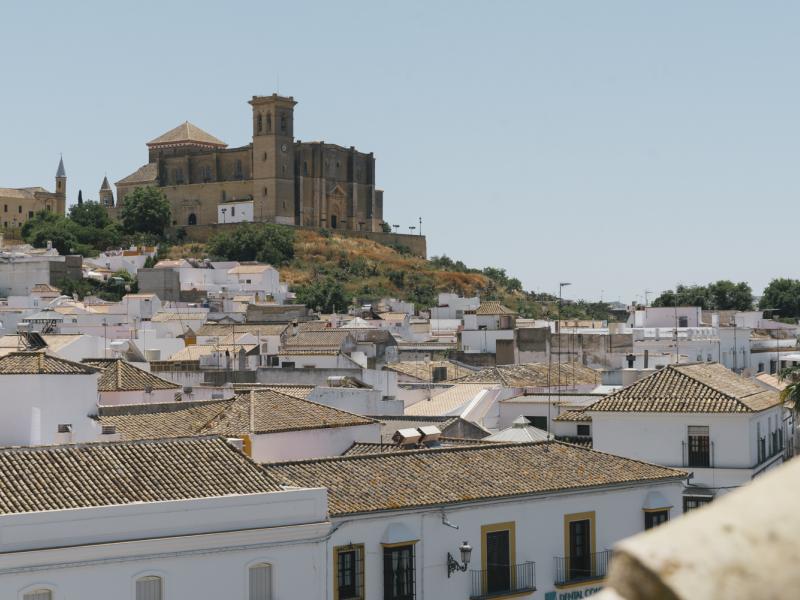
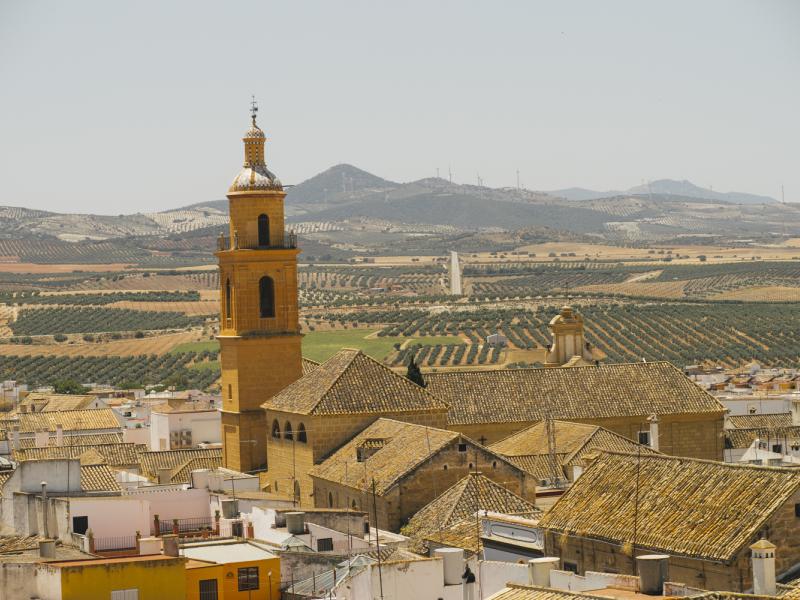
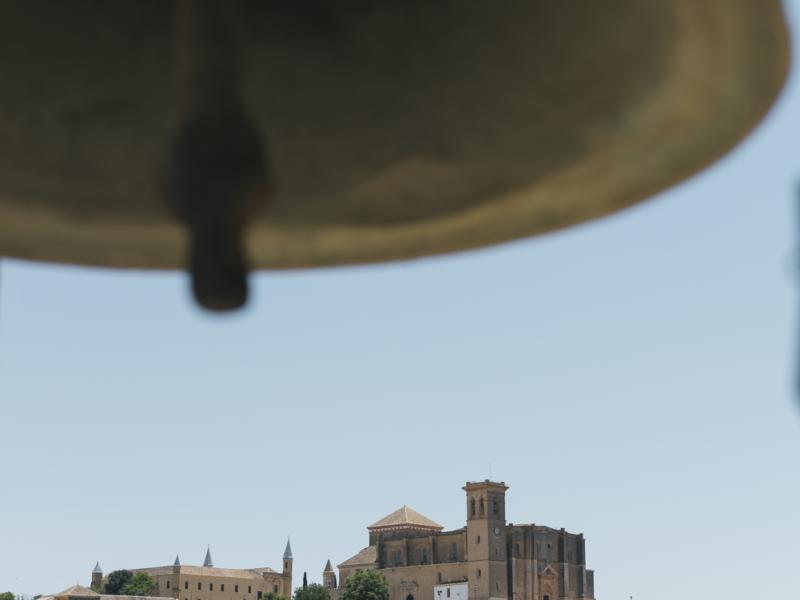
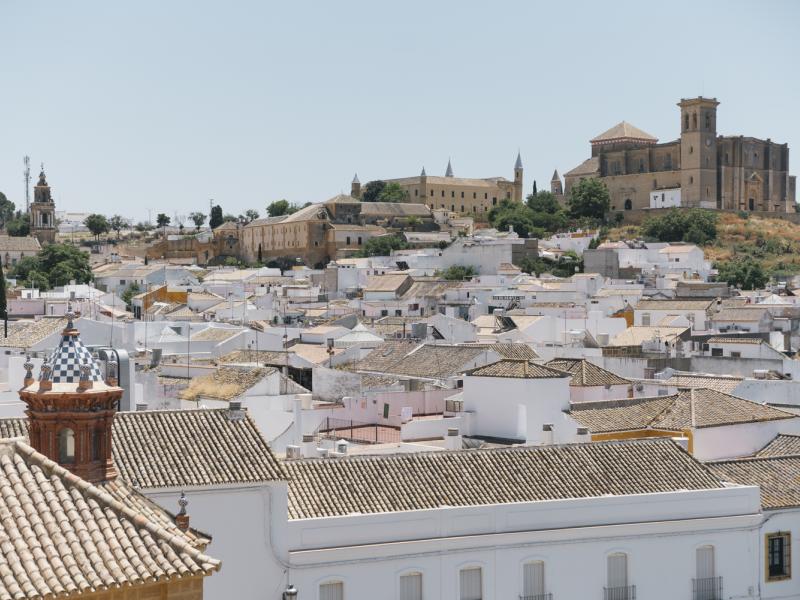
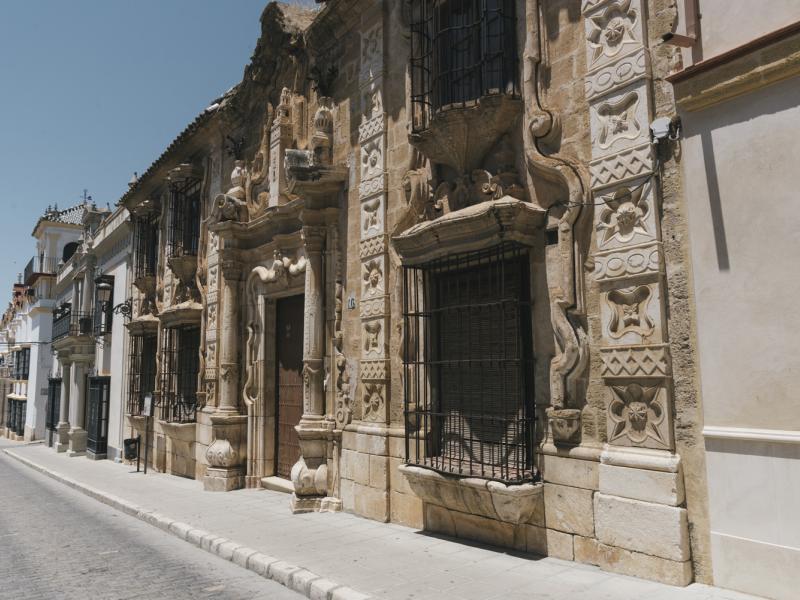
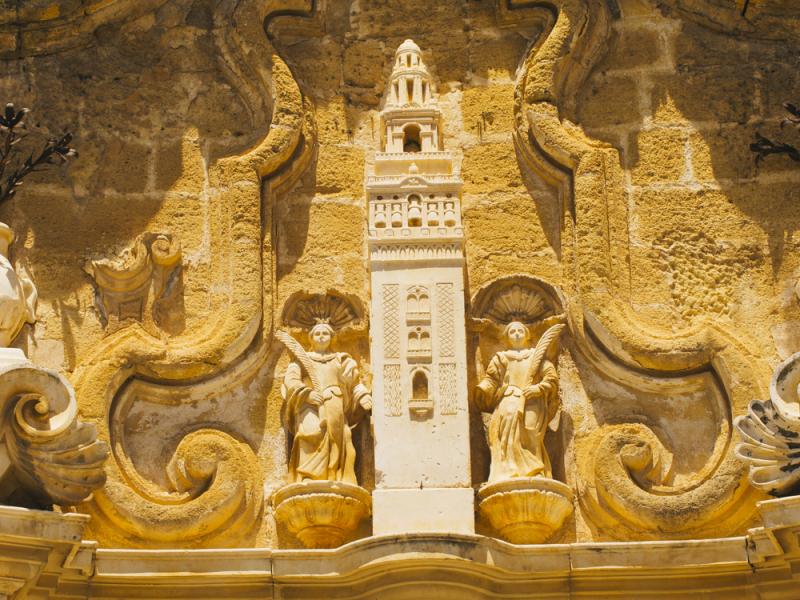
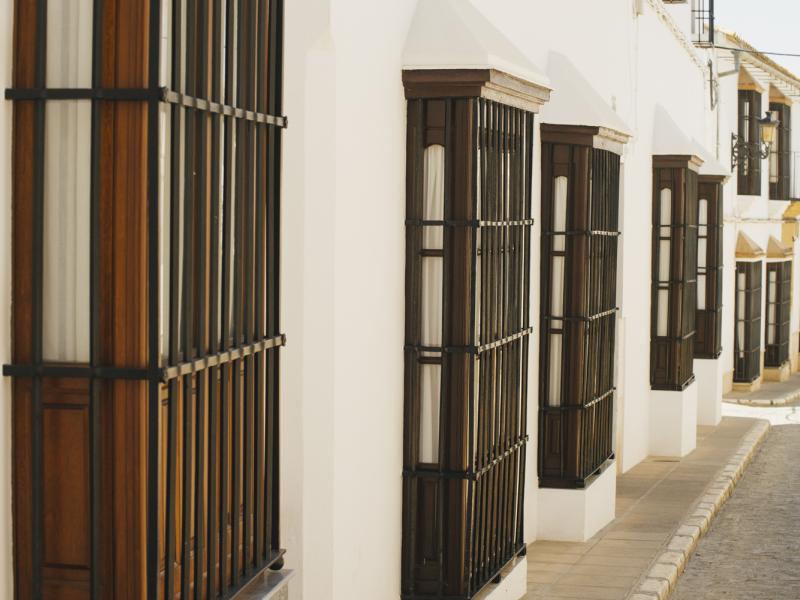
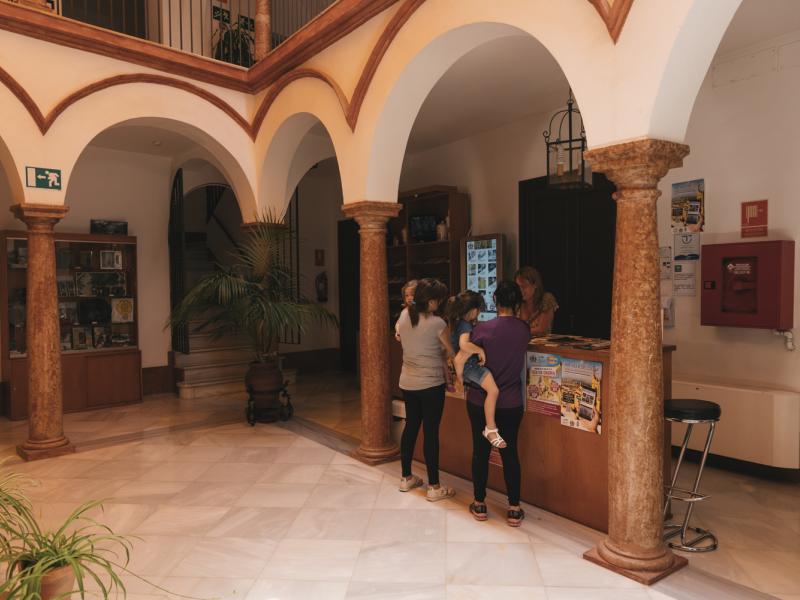
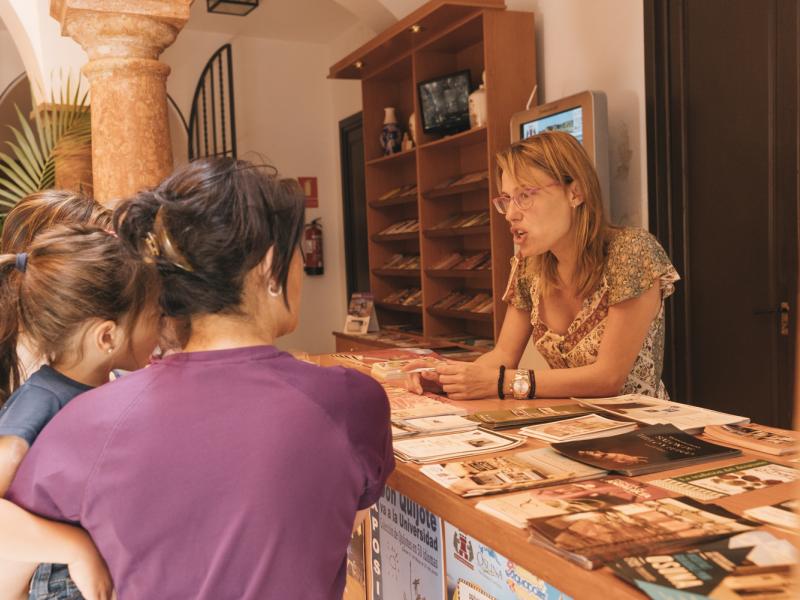
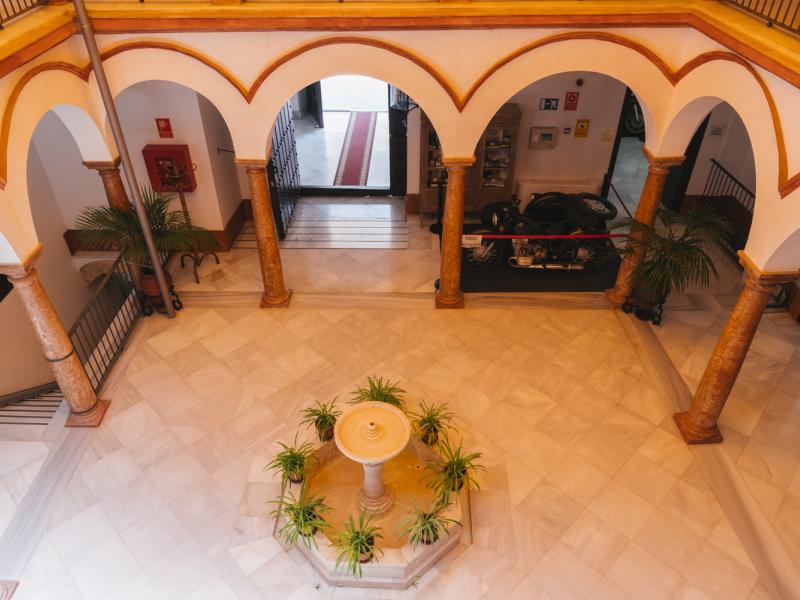
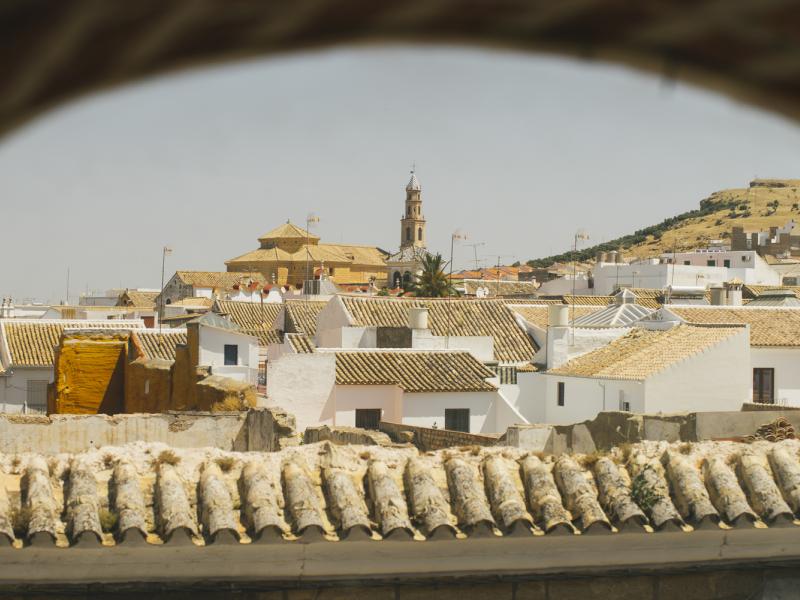
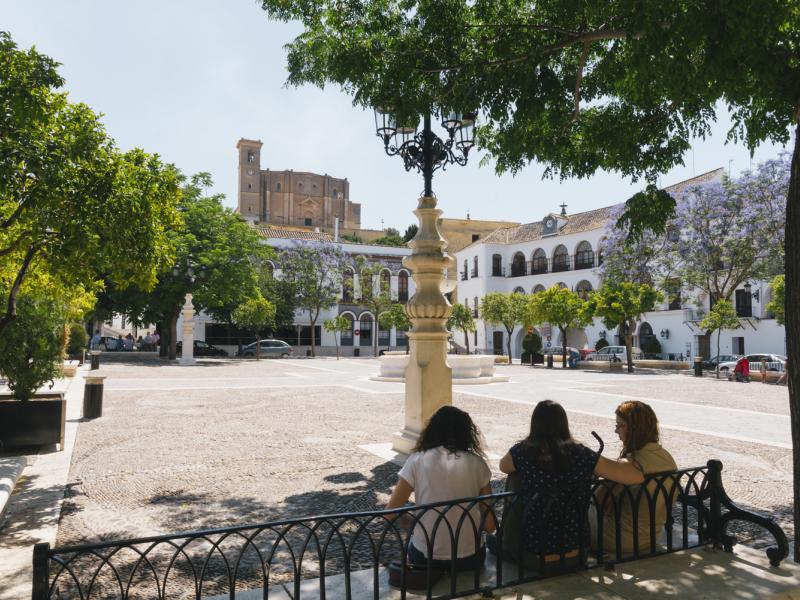
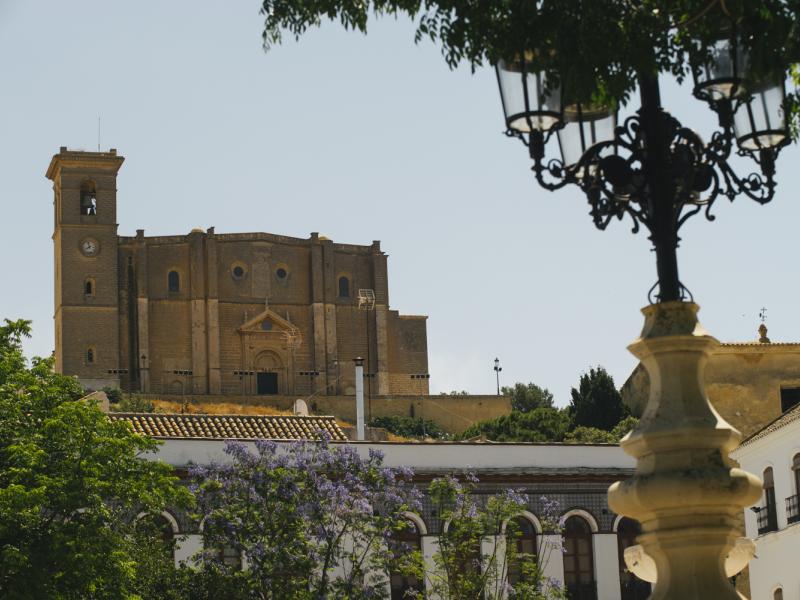
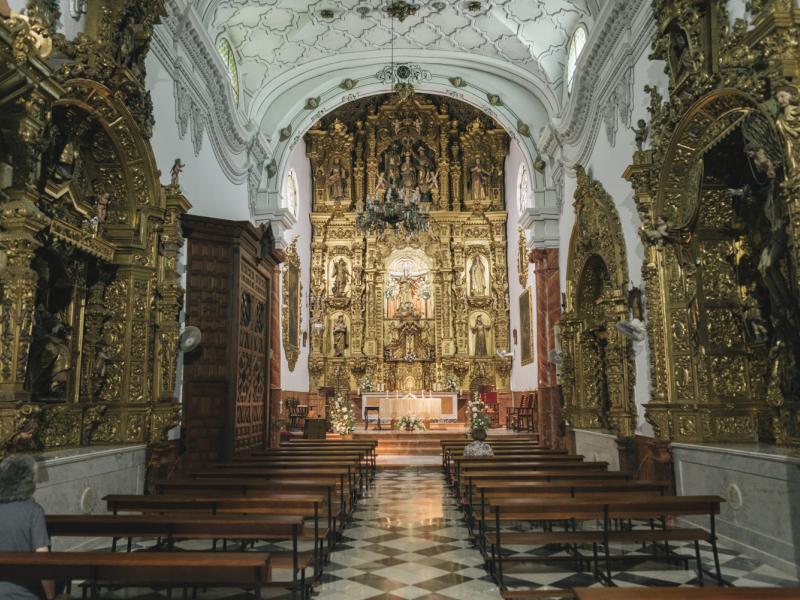
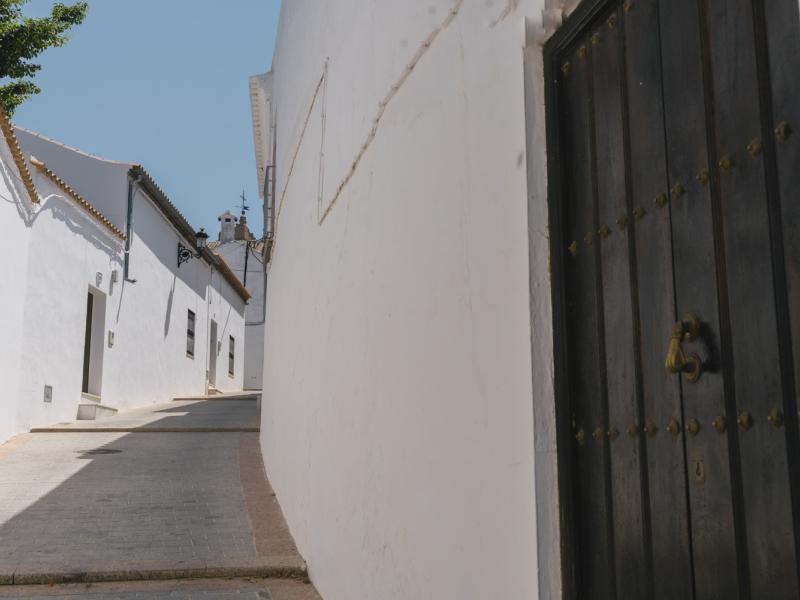
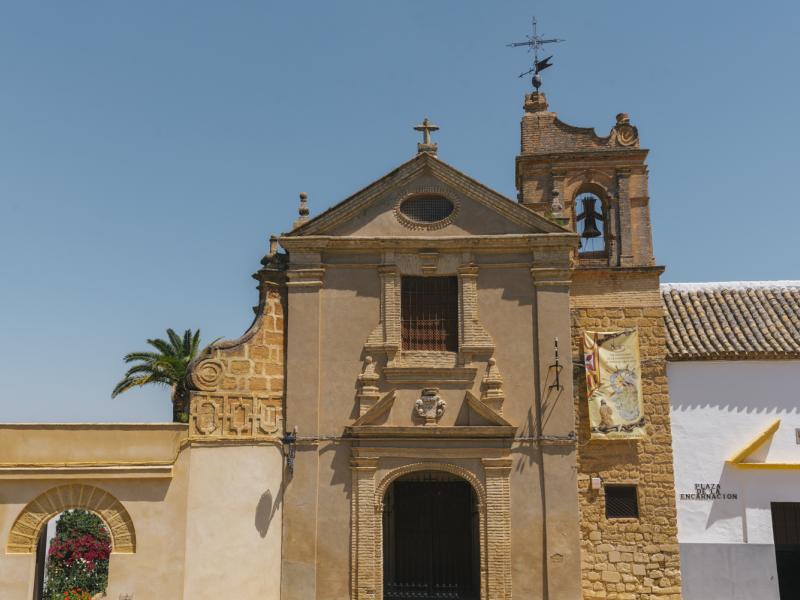
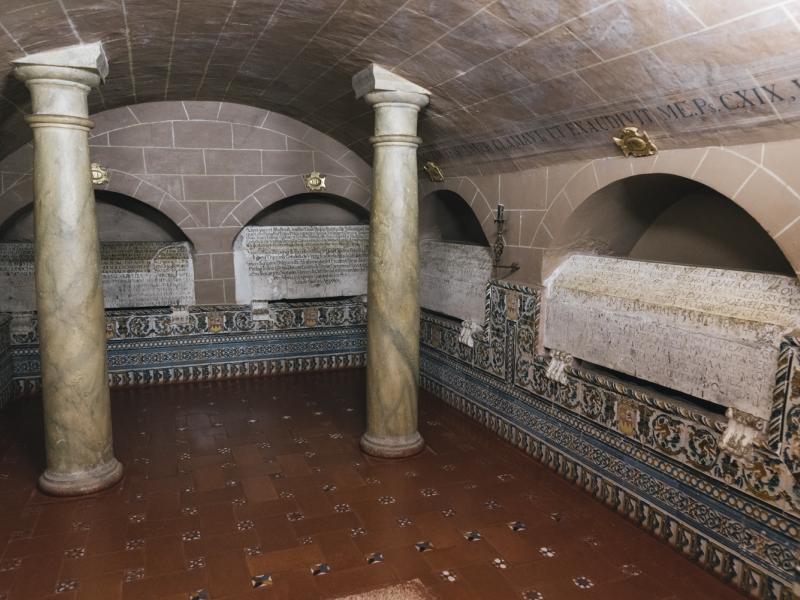
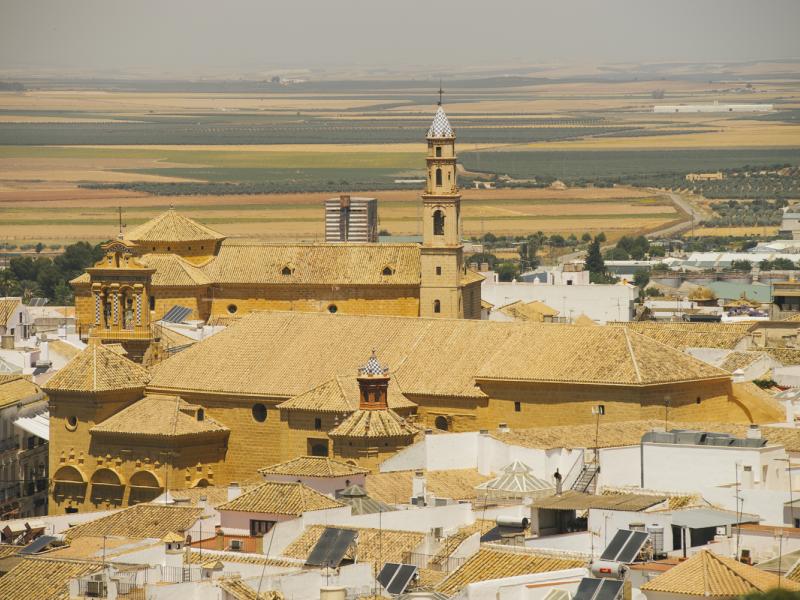
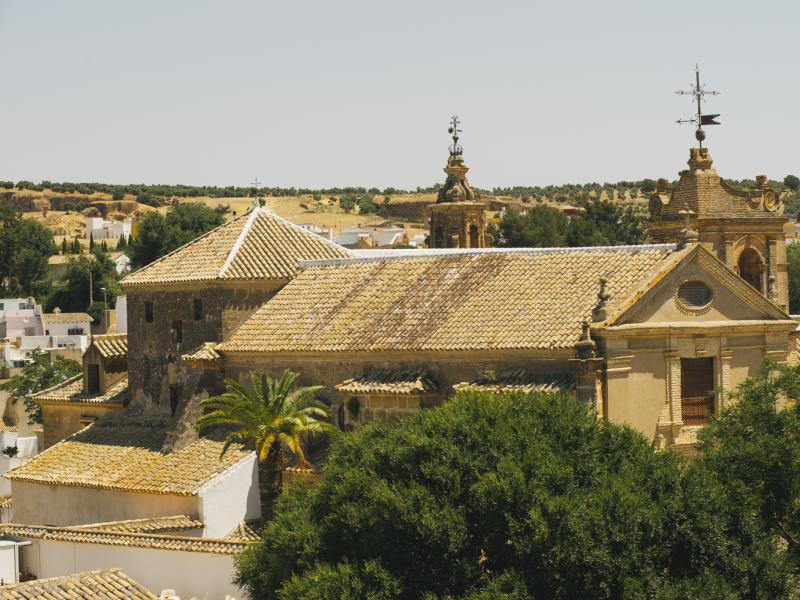
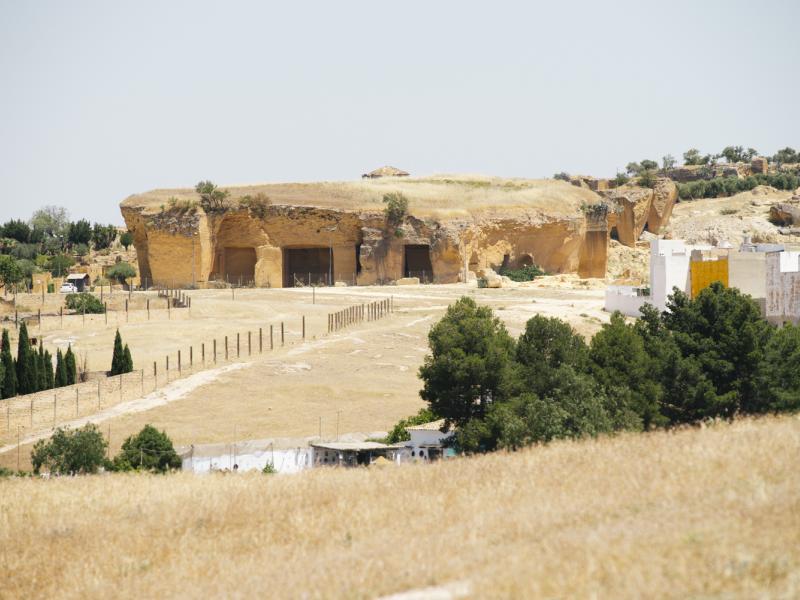
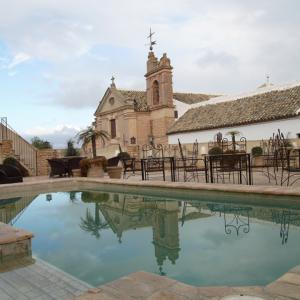
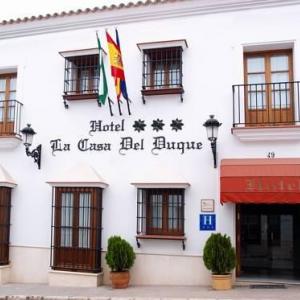
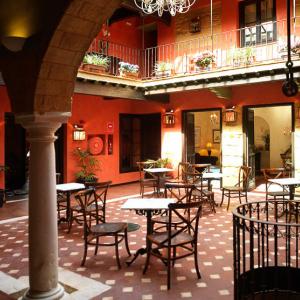
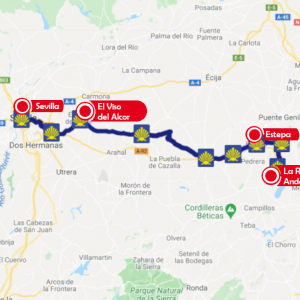
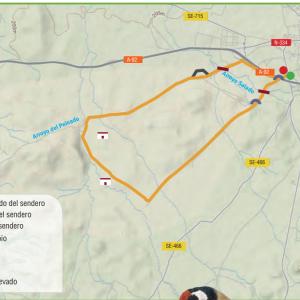
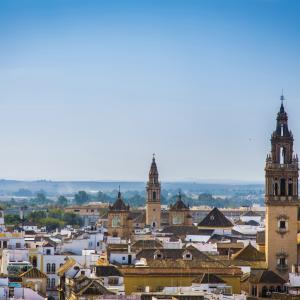
0 comments
New comment
The comments are moderated, so it takes a while to appear. If they contain offensive language they will not be published.